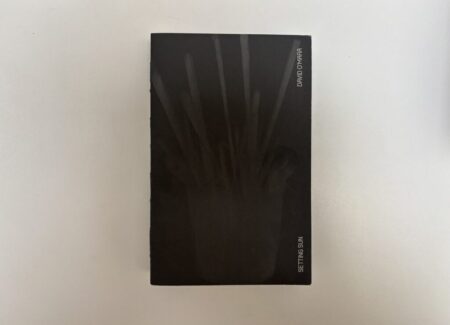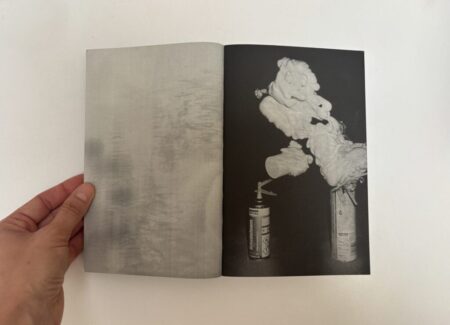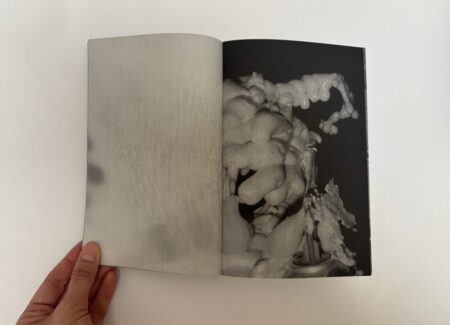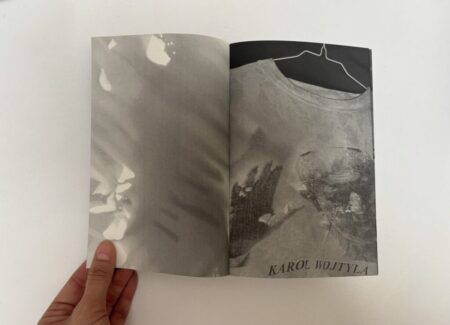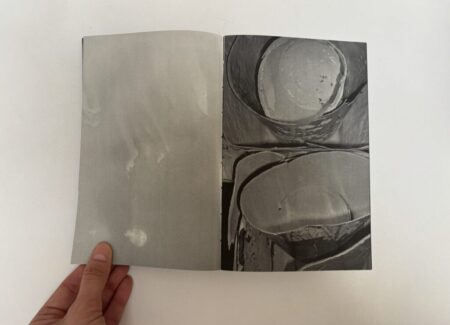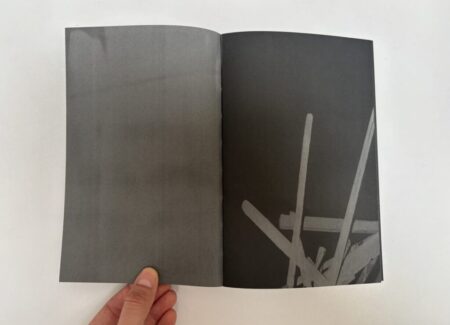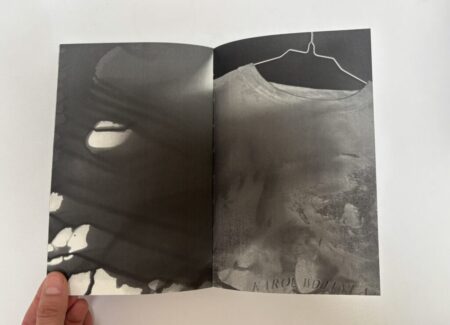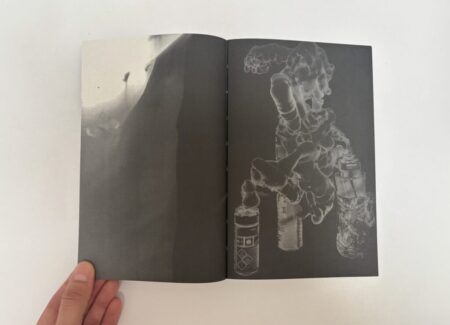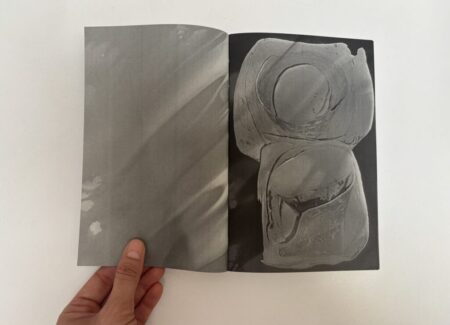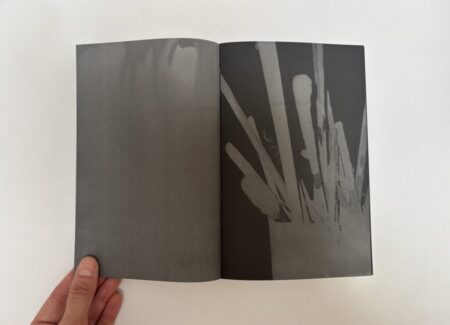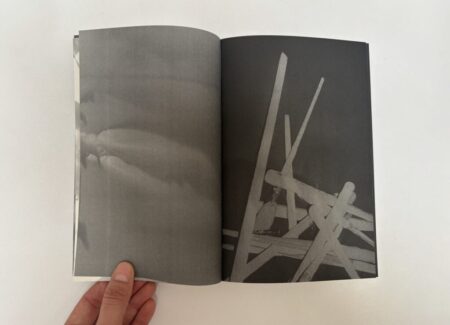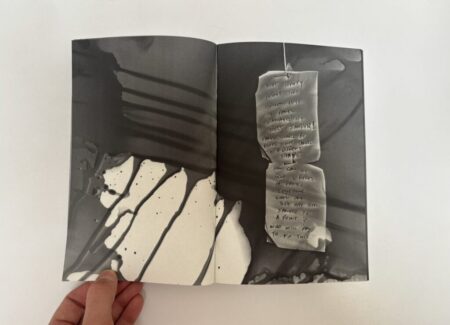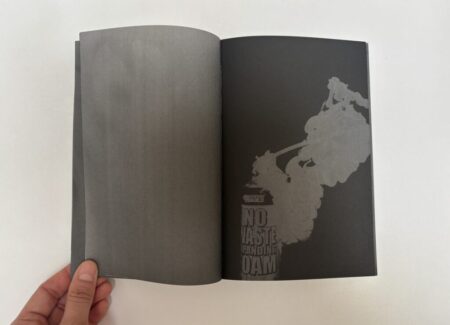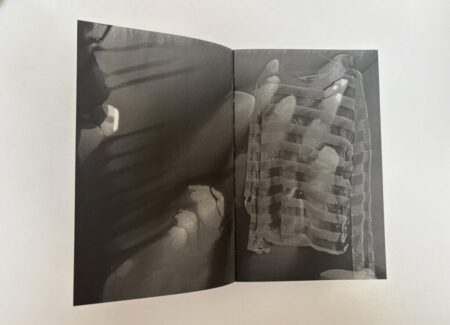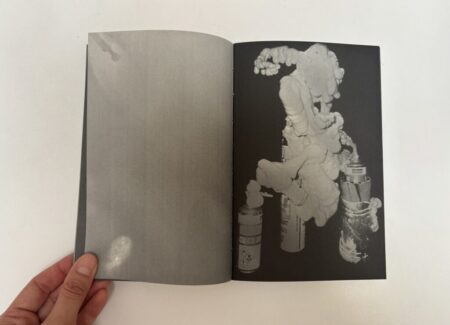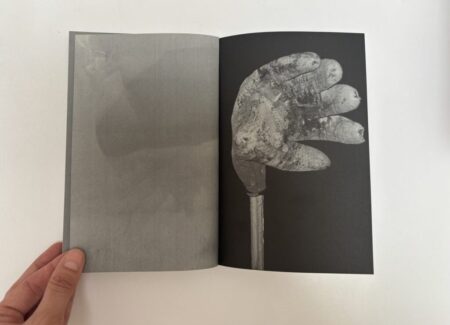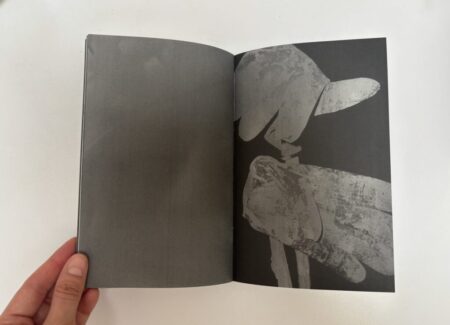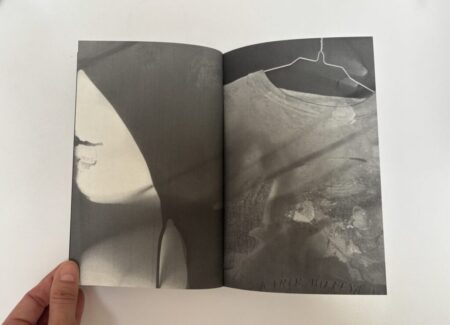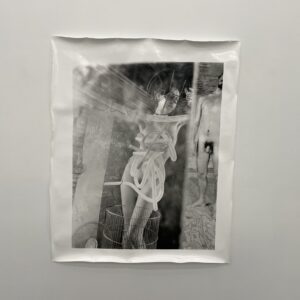JTF (just the facts): Published in 2025 by Folium (no book link at the moment, publisher’s website here). Softcover (22 x 14 cm), roughly 400 pages, with approximately 200 black-and-white photographs. There are no texts or essays included. In an edition of 150 copies. (Cover and spread shots below.)
Comments/Context: The Irish artist David O’Mara is known for his dual role both as an artist and a painter-decorator on building sites. He moved to London over twenty years ago, and while trying to gain recognition for his art practice, he began painting and decorating to make a living. At some point, in an effort to reconnect with his artistic practice, he brought a small 35mm camera to work, photographing his co-workers and their collective labor. He describes this desire to document the construction world as “the shared experience of our working lives, including as it does the complex nature of identity, camaraderie and class.”
In recent years, O’Mara has focused on publishing his work, often in handmade artist’s books using unconventional materials to make one-offs and small editions. He has made books from trash he had picked while walking, transforming discarded materials into meaningful photobook objects, while his book Paper Walls was made from decorator’s lining paper stripped from the walls of his clients.
Setting Sun is O’Mara’s third photobook relating to his day job, following on from if you can piss… (2019) and In Situ (2022). These books “obliquely catalogue the frustrations and anxieties of having compromise on a daily basis due to economic necessity.” O’Mara brings a tactile sensibility to his practice – his hands not only operate the camera but also do manual work, a duality that subtly permeates this book. For this project, he collected site debris and other objects that are part of his daily working life and brought them home to shoot in a still life setting. While these objects are pretty banal (as well as discarded and disposed of), for O’Mara they represent “the artefacts of so much forgotten work.”
The photographs in Setting Sun are culled from O’Mara’s ongoing engagement with process oriented practice, the photographs are reworked through processes of layering, tonal inversions, washing, and rephotographing. The result is a body of work that feels both intimate and archaeological. The title, Setting Sun, evokes not only the passage of time but also the melancholic beauty of endings – of days, of eras, of lives partially remembered.
Setting Sun is a thick book of over four hundred pages, and all of pages use the same uncoated textured paper stock, creating a unified block. The title and the artist’s name appear on the cover close to the right edge, in all capital letters. An open spine makes the photobook feel a bit raw and unfinished, echoing the themes of erosion and decay found in the pictures. Inside, the book has a dynamic visual flow, with one photograph per page, printed full-bleed. There are no page numbers or captions, immersing us in an uninterrupted visual narrative.
The sequencing is deliberate and poetic. Buckets of paint, cans of filler foam (in some cases with the foam sprayed out in bulbous sculptural masses), used paint sticks and brushes, worn-out gloves, and paint-splattered t-shirts appear throughout. These objects, once repetitively used on-site, now repeat again and again in the book – slightly altered, repositioned, mirroring the rhythm and routine of familiar labor. In a way construction is reflected through images. Overall, the narrative relies on the aggregation of the images as a whole, which becomes key to the visual experience.
O’Mara observes a sense of play in his process: as he collects and repurposes objects, his identity shifts from manual laborer to artist. In this transformation, the work site itself begins to resemble a studio, and the objects he engages with take on new meaning, switching their values from utilitarian to aesthetic.
O’Mara’s photobooks have garnered a quiet but devoted following, and Setting Sun is likely to appeal more broadly to those interested in process-based photography, archival interventions, and the poetics of decay. It’s a clever project, filled with unexpectedly tactile photographs, all wrapped up in a thoughtful photobook package, and its modest production belies the depth of its emotional and conceptual reach.
Collector’s POV: David O’Mara does not appear to have consistent gallery representation at this time. As a result, interested collectors should likely follow up directly with the artist via his Instagram page (linked in the sidebar).
